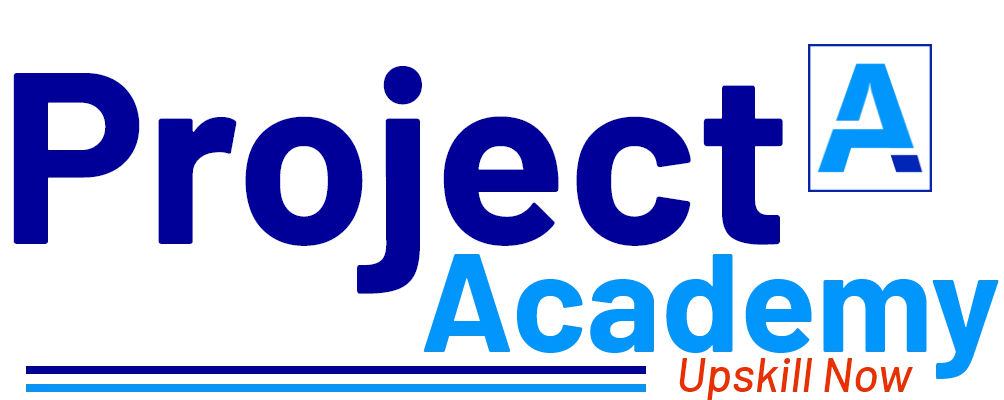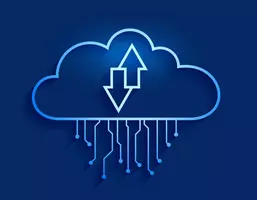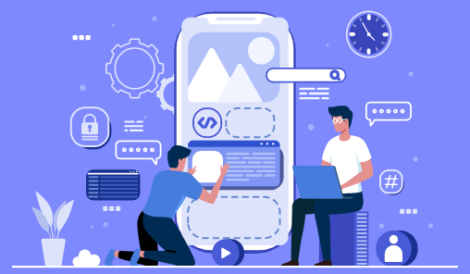Project Outline:
An application that allows students to take online courses and access educational resources.
1) Development Phase:
The site should contain:
- Course Content: Offer a wide range of course content, from traditional academic subjects to more niche topics. The course content is delivered in various formats, including video lectures, interactive tutorials, and written materials.
- Learning Management System (LMS): An LMS to be embeded that enables the creation, delivery, and management of educational courses. It allows students to access course content, take assessments, and track their progress.
- Instructor Support: Offer instructor support through various channels, such as email, chat, or video conferencing. Instructors may also provide feedback on assessments and assignments to help students improve their understanding of course material.
- Interactive Features: Also offer various interactive features, such as discussion forums, live webinars, and virtual study groups. These features allow students to engage with other students and instructors and to collaborate on learning.
- Certification: Offer certification for completed courses or programs.
- Flexibility: Offer flexibility in terms of when and where students can access course content. Students can learn at their own pace and on their own schedule, without the constraints of a traditional classroom setting.
2) Testing Phase:
Conduct functional and usability testing.
Fix bugs and improve the website performance.
Applications
- Access to education: Online education sites provide access to education to learners who may not have access to traditional educational programs due to location, financial constraints, or other barriers.
- Flexibility: Online education sites offer flexibility in terms of scheduling and location, allowing learners to access content and complete coursework at their own pace and from anywhere with an internet connection.
- Career advancement: Online education sites offer courses and certifications that can help learners advance in their current careers or gain new skills and knowledge to pursue new career opportunities.
- Skill development: Online education sites offer a wide range of courses and programs for learners who want to develop new skills, gain knowledge, or explore new topics of interest.
- Personalization: Online education sites can provide personalized learning experiences for individual learners based on their learning style, pace, and interests.
- Corporate training: Online education sites can provide corporate training for organizations, helping employees to gain new skills and knowledge that can benefit the organization and improve their job performance.
- Lifelong learning: Online education sites can provide opportunities for lifelong learning, allowing learners to continue their education and explore new topics throughout their lives.
Hardware and software requirements:
Hardware requirement
A laptop with:
- At least Intel i3 core processor.
- A minimum of 4GB RAM
- Hard disk with at least 200GB of storage
Software requirement
- Web Server: You need a web server to host your website. Popular web servers include Apache, Glass Fish, etc.
- Programming Language: You will need a programming language to build the website. Popular languages include PHP, Python and Java.
- Database: You need a database to store the recipes and other website data. Commonly used databases include MySQL, PostgreSQL.
- Content Management System (CMS): You can use a CMS like WordPress, Drupal, or Joomla to manage the content of your website and create pages.
- Learning Management System (LMS): An LMS is a software application that allows you to manage and deliver educational content to students. An online educational website requires an LMS that supports features such as creating and managing courses, tracking student progress, and generating reports.
- Frameworks: You can use a web application framework to simplify the development process. Popular frameworks include Laravel, Django and Spring.
- Front-end Technologies: You need front-end technologies like HTML, CSS, and JavaScript to build the user interface of your website. You can use a front-end framework like React or Angular to simplify this process.
- Payment Gateway: Online educational websites that offer paid courses require a payment gateway to process payments from users. This requires integration with payment processing services such as PayPal or Stripe.
Tool:
A modern web browser, integrated development environment (IDE), and text editor are essential tools for web development. Popular IDEs include Visual Studio Code, Atom, and Sublime Text, while popular text editors include Notepad++, Brackets, and TextMate.
Technology:
Full stack technology refers to the entire depth of a computer system application, and full stack developers straddle two separate web development domains: the front end and the back end. The front end includes everything that a client, or site viewer, can see and interact with.
What You’ll Learn after doing this project?
- Web development skills
- UI design
- User experience design
- Project management
- Content management
- Learning management
- Problem solving




